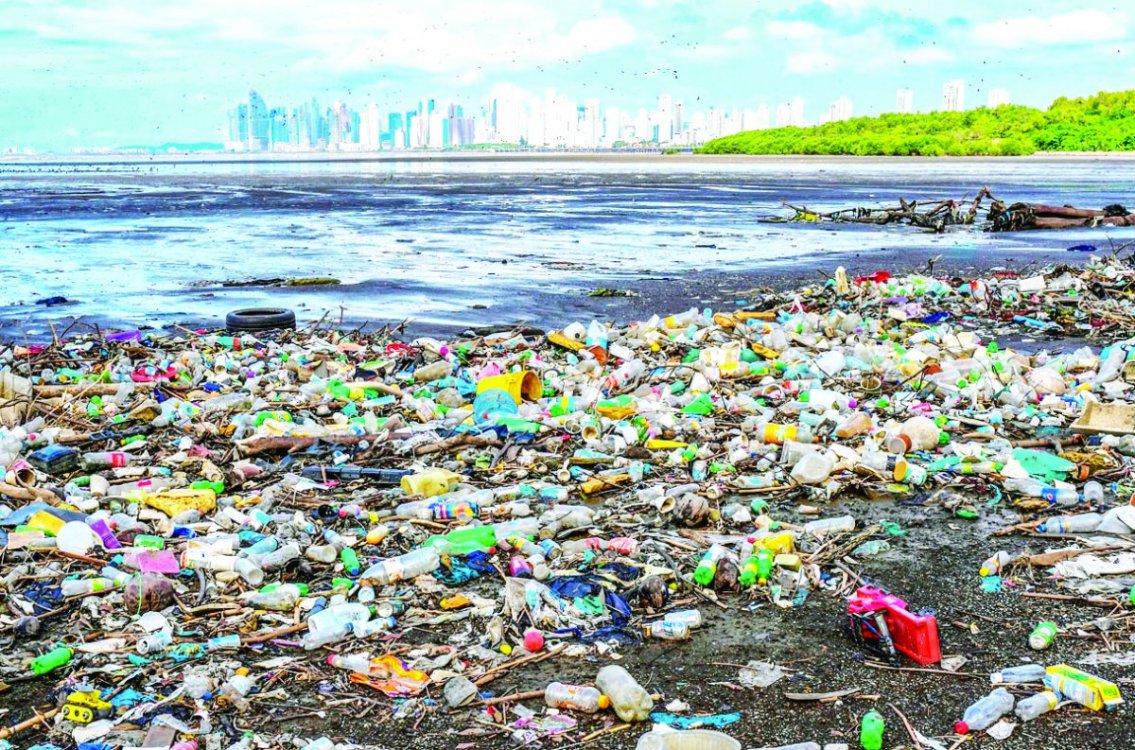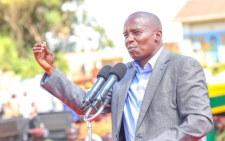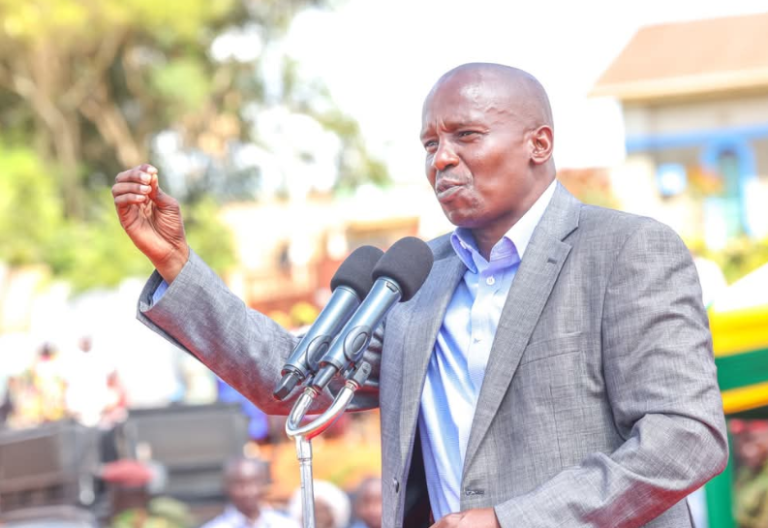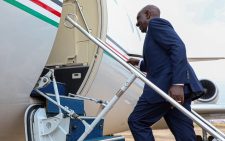Climate summit calls for action to curb challenges

The race to protect the environment from the impacts of climate change while lifting millions of people out of extreme poverty continues to generate heated debate.
Echoes of the debate reverberated at the recent United Nations Environment Assembly (UNEA-6), with a call for collective global action to tackle the critical challenges facing humanity and the planet today – climate change, biodiversity loss and pollution – while curbing poverty.
The debate also raged at the Geo-East African Conference and Expo (GEOEACE 2024) in Nairobi organised by the Geological Society of Kenya (GSK) and the Geological Registration Board just before UNEA-6, which was attended by President William Ruto.
Central to the debate is how to reduce poverty, address carbon emissions causing global warming, and transition to a net zero energy system by 2050. How to attain this goal while ensuring stable and affordable energy supplies, providing universal energy access, and enabling robust economic growth.
It’s an urgent and delicate balancing act. According to the World Bank, 700 million people around the world live today in extreme poverty. Over half of these people live in Sub-Saharan Africa.
After several decades of continuous global poverty reduction, a period of significant crises and shocks, including the Covid pandemic resulted in around three years of lost progress between 2020-2022. Low-income countries, which saw poverty increase during this period, have not yet recovered and are not closing the gap.
The key message that emerged from UNEA-6 was “environmental multilateralism”; seeking effective, inclusive and sustainable multilateral actions to tackle the triple challenges facing humanity and the planet, while reducing poverty.
Defining UNEA-6’s goal of achieving global unity through environmental diplomacy, host and UNEP Executive Director Inger Anderson declared: “Environmental multilateralism is here to stay. A peaceful, equitable and sustainable future can exist.”
Reduce global emissions
It was a throwback to the UN Climate Change Conference (COP28) in Dubai last December when African nations tabled their main agenda of convincing global players to commit further to financially support targets to reduce global emissions through the Nairobi Declaration crafted at the Africa Climate Summit.
COP28 urged a more global response to the continent’s adaptation financing needs to tackle the impact of climate change and build resilience. UNEA-6 reiterated that climate adaptation funding, currently at 39 per cent of all climate finance flows to Africa, must rapidly increase.
Experience suggests that the best way to address climate change impacts on the poor is by integrating adaptation responses into development planning.
That is why the Sustainable Development Goals (SDGs) were designed to work towards a world of peace, justice and prosperity, the eradication of poverty and hunger, while protecting the planet.
Each of the 17 SDGs strives for the universal reduction of climate change and poverty, the improvement of education, gender equality, health, sustainable cities, and economic growth. However, meeting these goals can best be visualised through the lens of the energy transition. The world must focus on a pathway to clean (renewable) energy.
Renewable energy comes from unlimited, naturally replenished resources such as the sun, tides and wind, and can be used for electricity generation, space and water heating and cooling, and transportation. Non-renewable energy, in contrast, comes from finite sources such as coal, natural gas, and oil.









